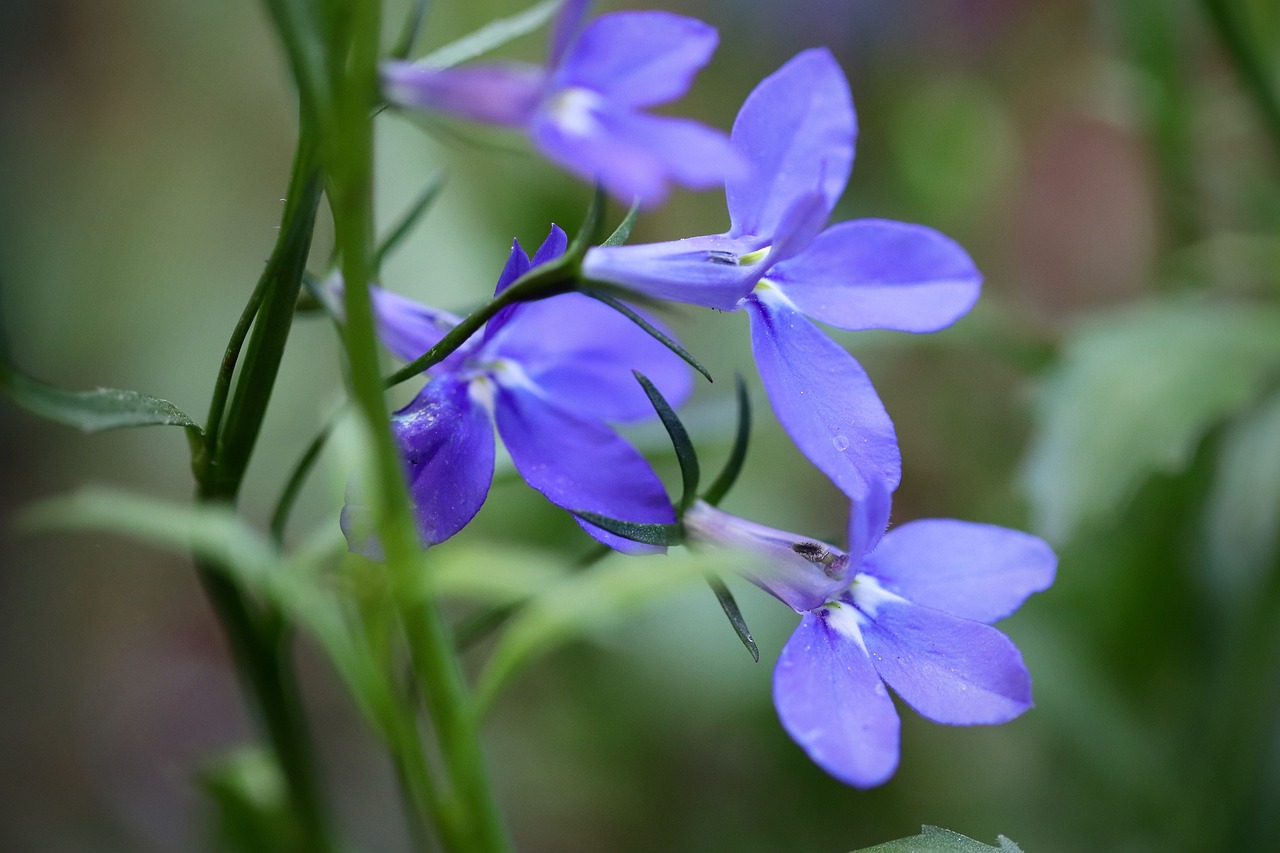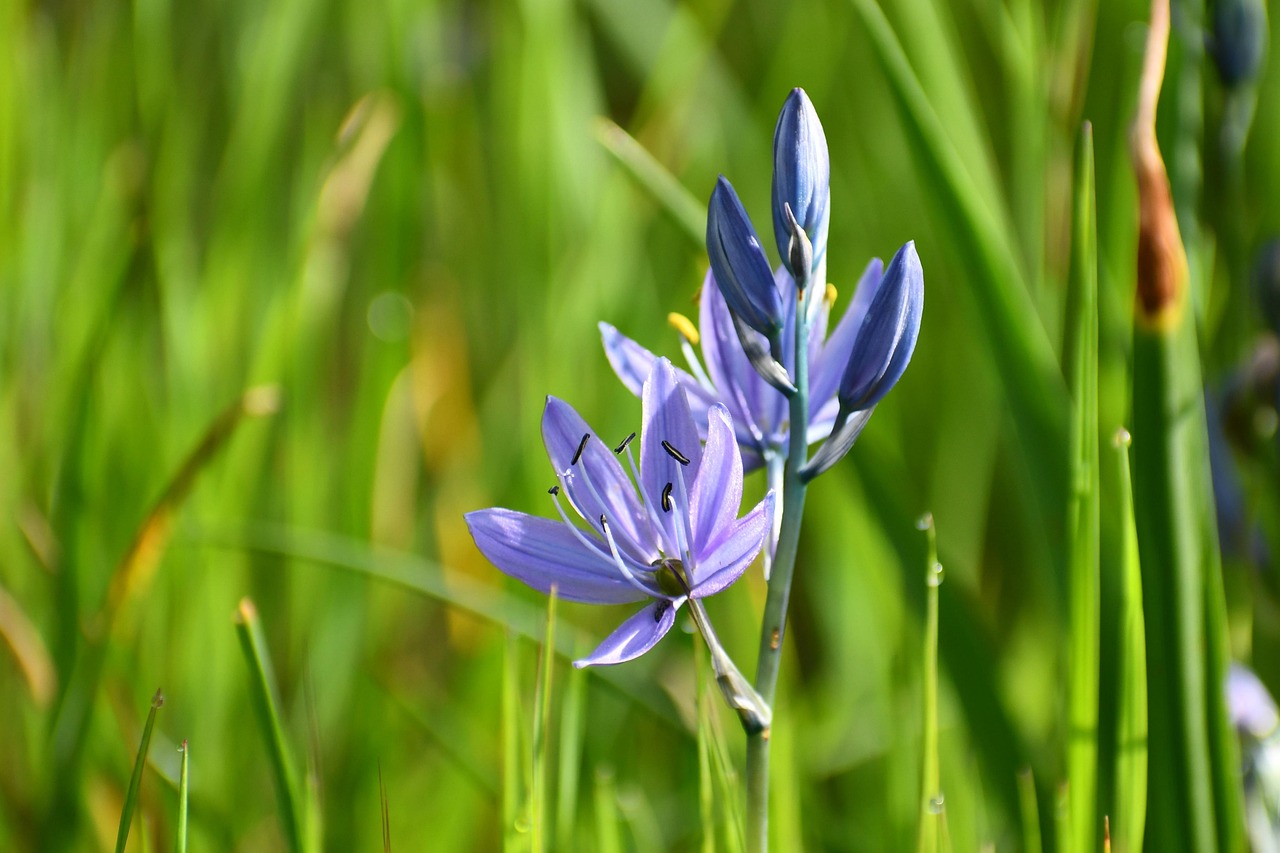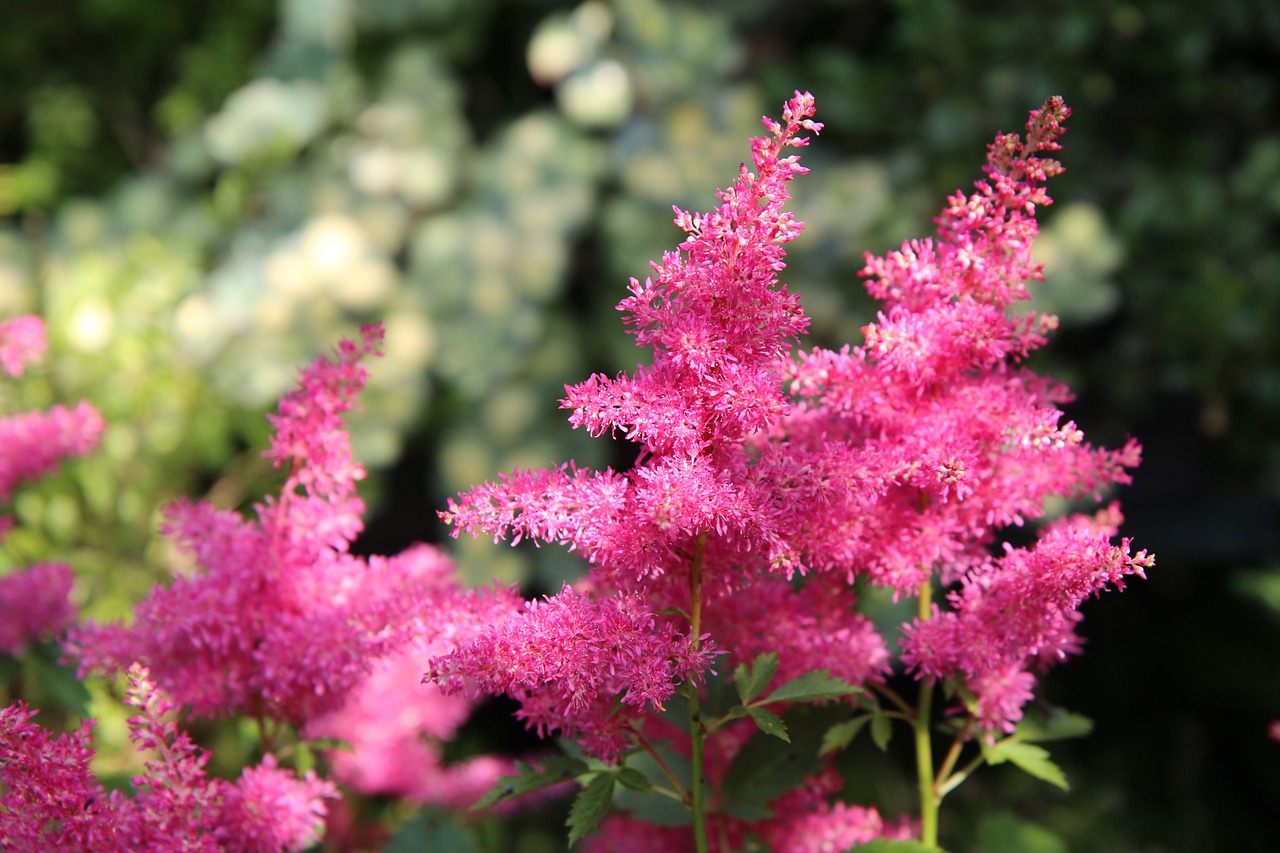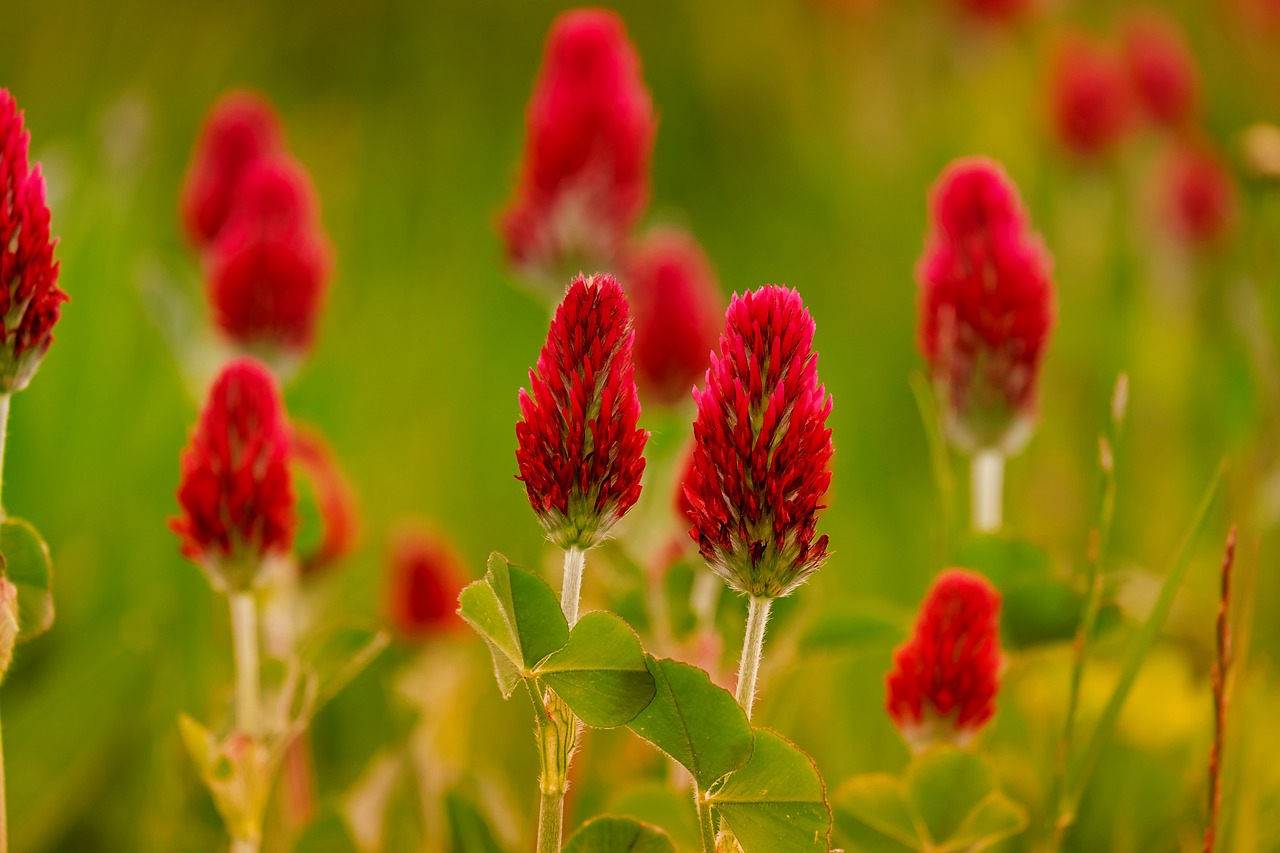Ivy Geranium | Cascading Colors That Adorned 19th-Century Balcony Culture
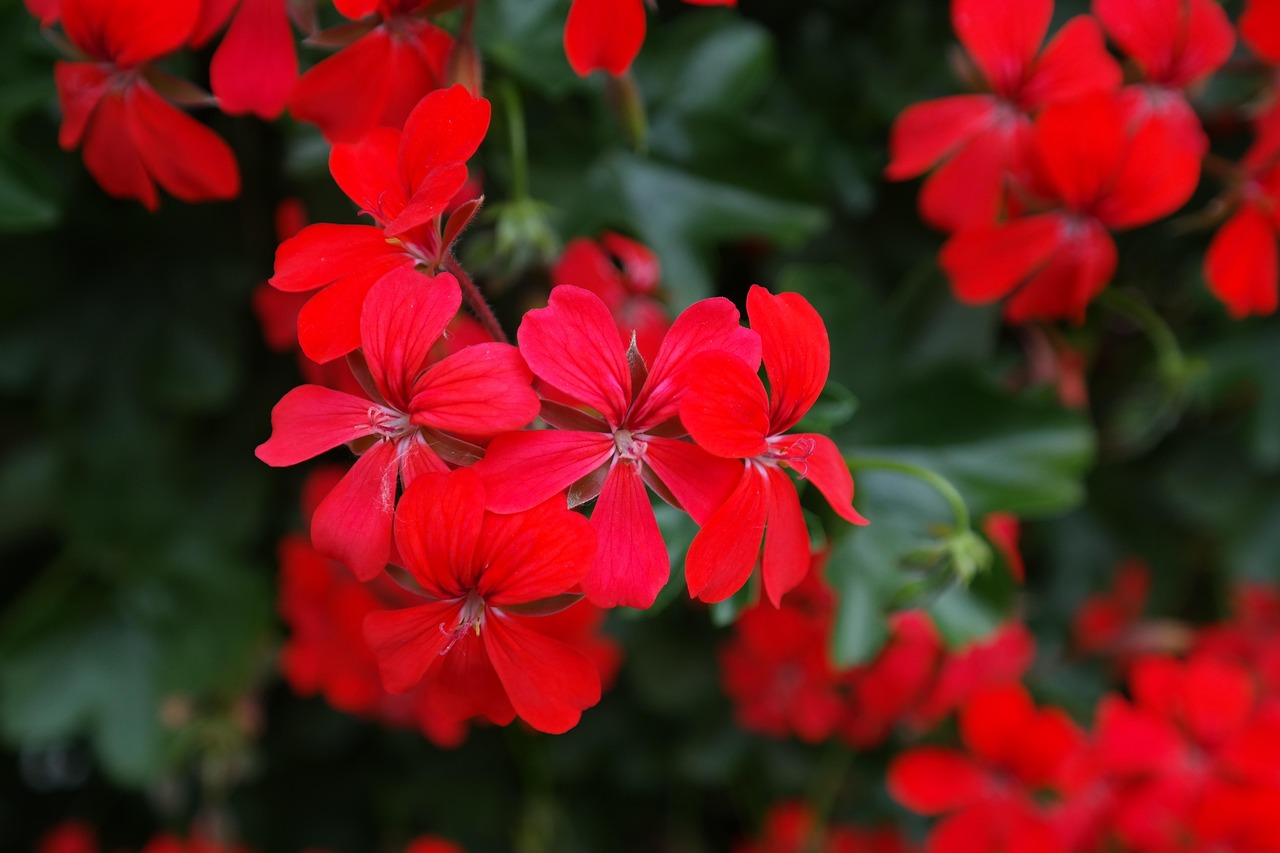
Ivy geranium is a perennial plant characterized by its glossy leaves, abundant clusters of flowers, and gracefully trailing stems.
As a plant that has brought vibrant charm to European towns and cities, it has become an essential element in decorating balconies and windowsills, loved all over the world.
In this article, I introduce the essential information, cultural background, historical spread, and cultivation methods of the ivy geranium.
Basic Information
- Scientific name: Pelargonium peltatum
- Family: Geraniaceae
- Origin: Cape region, South Africa
- Appearance: The shiny green leaves resemble ivy (hedera) in shape, with soft stems that trail downwards. The flowers bloom in clusters in white, pink, red, purple, and other colors. Some varieties feature double petals or edged blossoms.
- Blooming season: From spring to autumn, and in warmer regions, sometimes throughout winter.
Cultural Characteristics Around the World
Ivy geranium became widely popular during the gardening boom of 19th-century Europe.
In England and France, it was frequently used to decorate stone houses and balconies, serving as a cherished means for urban dwellers to feel connected to nature.
In Switzerland and Germany, it was planted in window boxes attached to traditional timber-framed houses, where the vivid blossoms became a symbolic element of the streetscape. Even today, ivy geraniums are recommended by local governments in these regions as flowers that help preserve the beauty of the landscape.
The plant also spread to America and Australia, where it continues to be loved as part of balcony gardens and public greenery.
Historical Episodes
Ivy geranium was brought to Europe from the Cape region of South Africa at the end of the 17th century by ships of the Dutch East India Company.
At first, it was treasured as a greenhouse plant among royalty and the wealthy, considered one of the rare species for collectors.
During the 18th and 19th centuries, botanists and breeders across Europe developed numerous varieties with improved flower colors, cold resistance, and disease resistance.
In Victorian England, the ivy geranium became especially fashionable with the rise of balcony garden culture. It was regarded as the ideal plant for urban residents seeking to enjoy nature in small spaces.
During this time, geraniums were associated with meanings such as modesty and sincerity in the language of flowers, and were often used as gifts in social circles.
Even today, inheriting this history, ivy geranium continues to play an important role in adorning towns and cities across Europe and beyond.
Gardening Advice
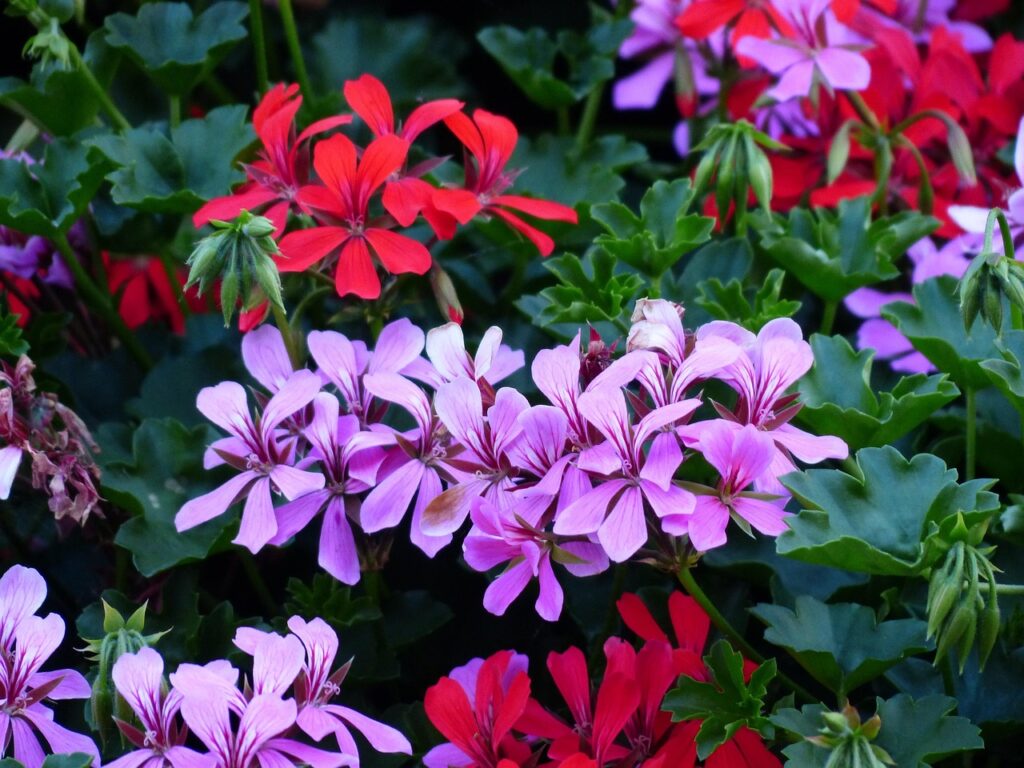
With a few basic care points, you can enjoy the ivy geranium’s beauty for a long time:
Sunlight
Prefers full sun. Provide at least 4–5 hours of direct sunlight daily. Indoors, place near a bright window.
Watering
Water thoroughly when the surface soil is dry, ensuring proper drainage to avoid constant wetness.
Soil
Use well-draining soil. Mixing perlite or pumice with regular potting soil prevents root rot.
Fertilizer
During the growing season (spring to autumn), apply liquid fertilizer every two weeks. Choose a type with low nitrogen to promote blooming.
Pruning
Trim back long stems regularly and remove faded flowers to encourage new growth.
Overwintering
Protect from temperatures below 5°C by moving indoors. Place in a bright window to maintain healthy foliage.
Conclusion
The ivy geranium, a perennial native to South Africa, has become widely cherished as a plant that decorates balconies and windows, especially in European cities.
Introduced to Europe in the late 17th century and popularized during the Victorian era, it has since spread around the world.
With its glossy leaves and radiant clusters of flowers, it continues to add natural beauty to buildings and streetscapes, remaining beloved across many regions today.

